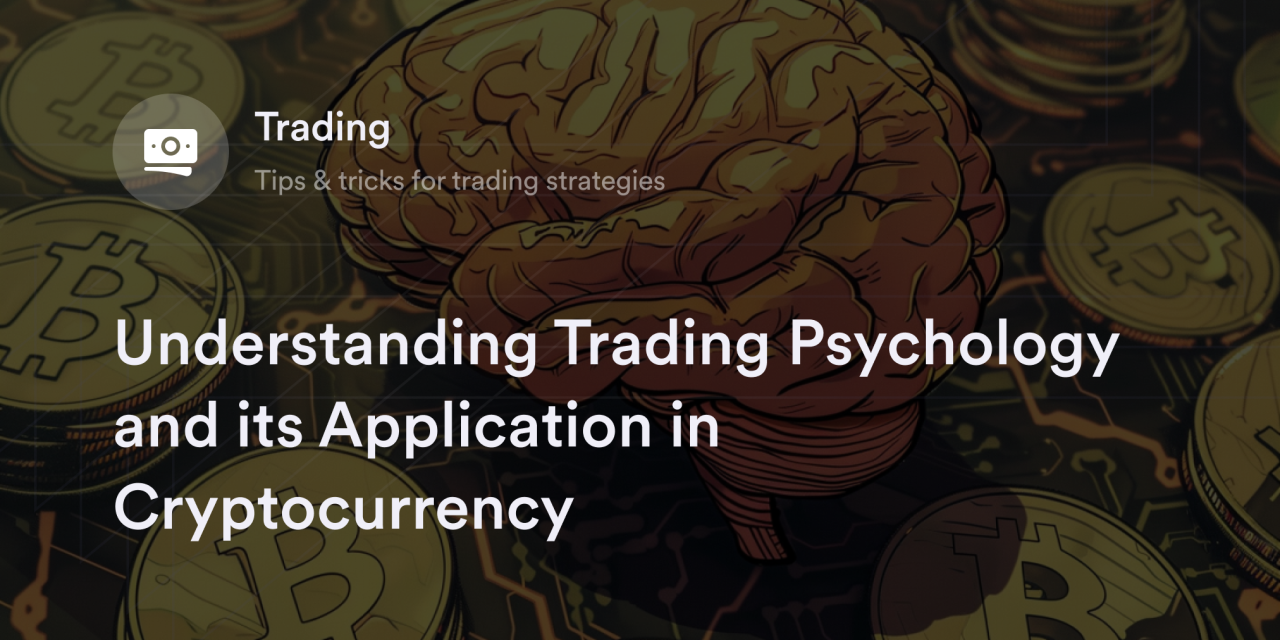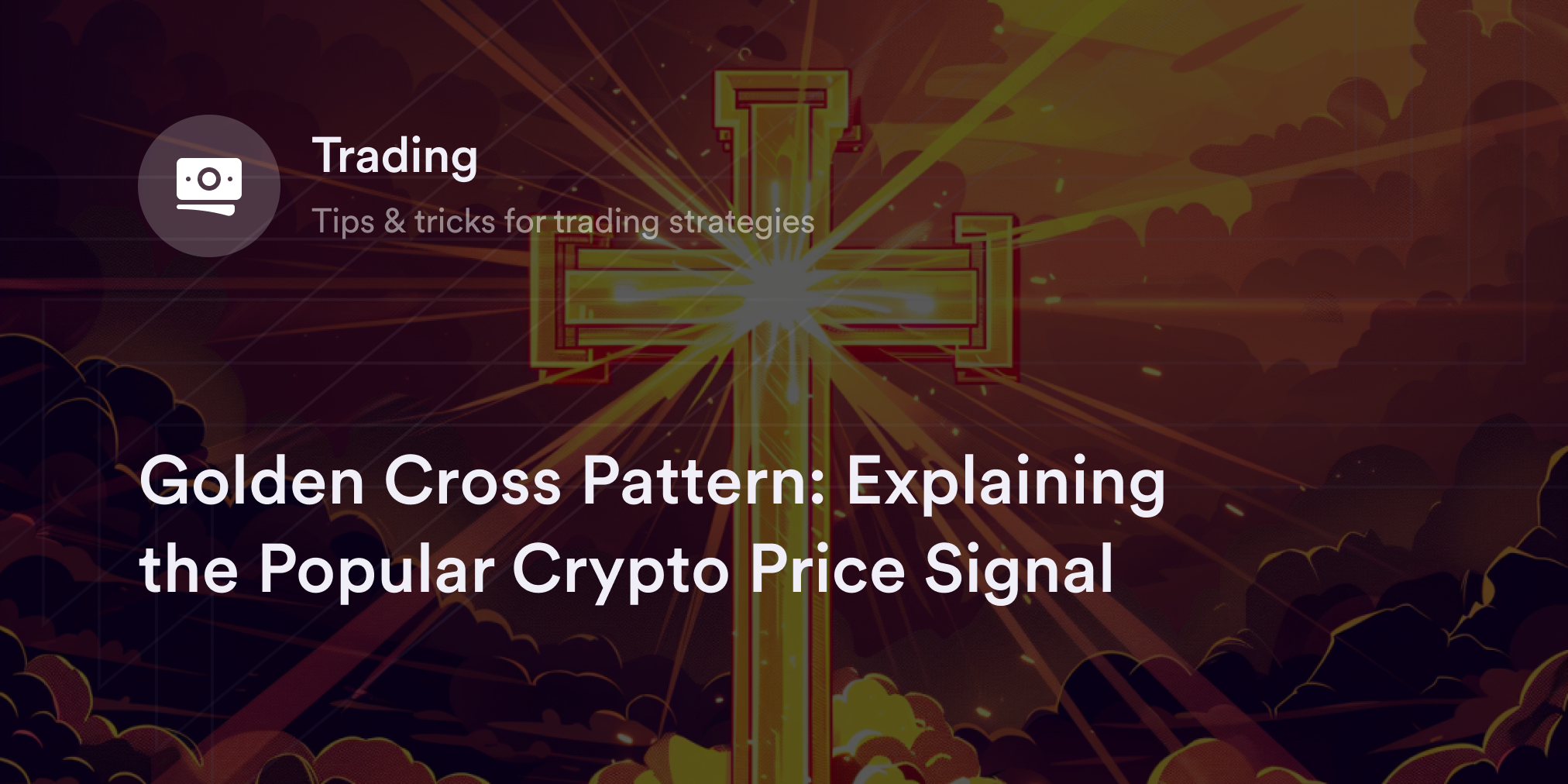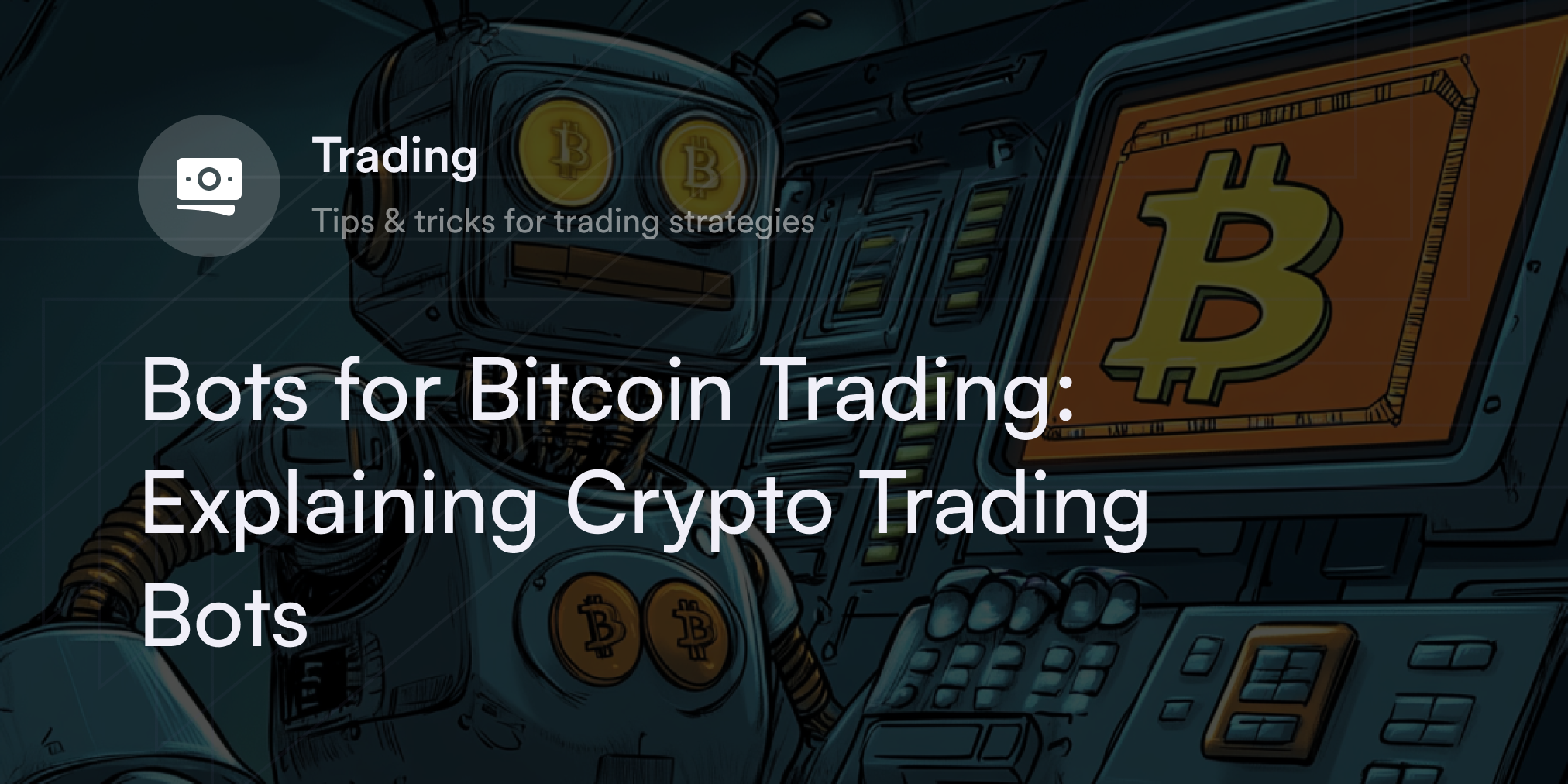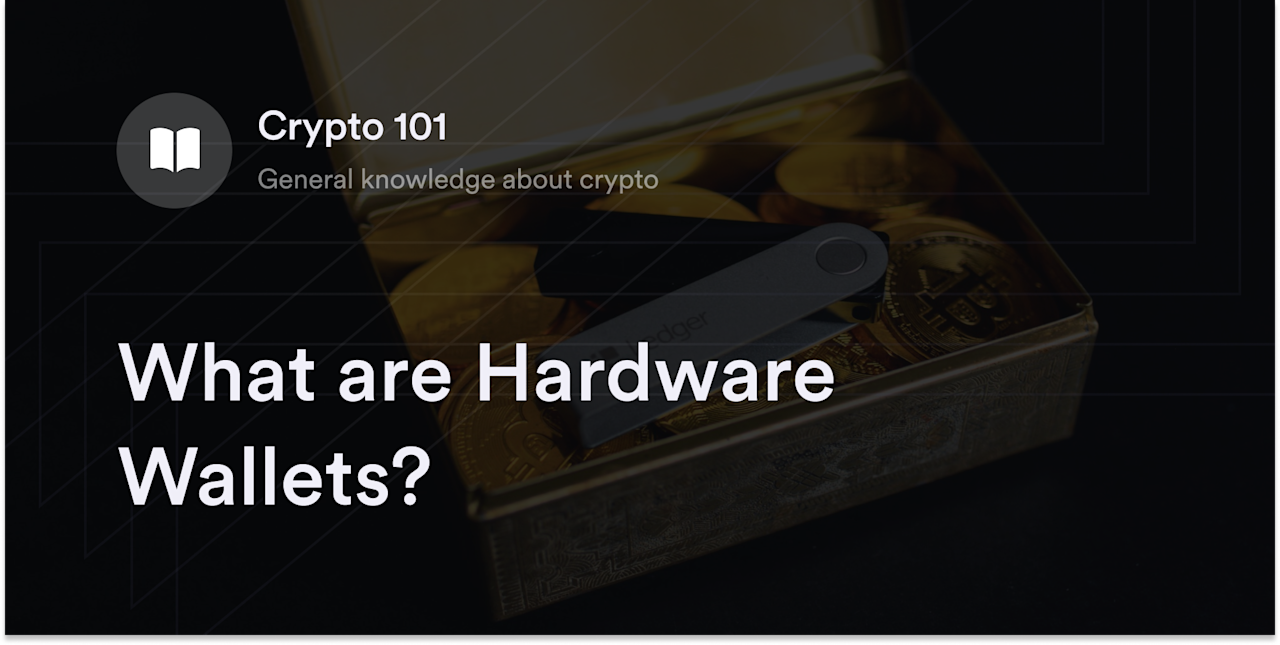


As more platforms make buying cryptocurrencies accessible for global clients, thousands of short-term traders are participating in the digital assets market. Recent surveys suggest at least one in five adults in the U.S. has traded cryptocurrencies once in their lifetime, and the daily trading volumes for crypto assets often hover in the $50–$100 billion range. Although it has never been easier to jump into the crypto industry, many new traders quickly realize how simple it is to get "psyched out" by such a volatile market. Traders with a firm grasp of crypto trading psychology, however, have better odds of withstanding the wild price swings of coins like Bitcoin (BTC) and effectively managing their portfolios.
The concepts involved in trading psychology aren't a precise science, but traders commonly use them to make educated bets on the crypto market. And learning more about trading psychology helps newbies calculate potential profits and make disciplined trades in the cryptocurrency sector.
What is Trading Psychology in Crypto?
Trading psychology analyzes the mental and emotional reasons behind people's decisions to buy or sell digital assets. Analysts often use trading psychology principles to identify and explain broad behavioral patterns in the crypto market and reflect on the motivations behind their personal trading mindset. Most often, the two emotions traders focus on in their psychological analysis are greed and fear, which profoundly impact trading decisions. Although metrics like the "Crypto Fear & Greed Index" attempt to quantify crypto market sentiment, the trading psychology field heavily relies on anecdotal evidence, surveys, and soft science skills rather than precise equations and technical charting patterns.
Traders often look at the latest price fluctuations, news reports, and market sentiment on social media to inform their strategy. This helps them understand both short-term price fluctuations and long-term trends to make more intelligent choices when positioning themselves in the crypto market.
The Significance of Psychological Influence in Trading Crypto
The crypto market was virtually non-existent in 2009, but it surpassed a market cap of $1 trillion in 2021. Even then, virtual currencies still remain a risky and volatile asset class. The world's top crypto asset, Bitcoin, has a 4% average daily price swing, and altcoins like Ethereum (ETH), Solana (SOL), and Dogecoin (DOGE) are more unpredictable. Since crypto assets often make big moves in short timeframes, it's easy for traders to let irrational emotions override their decision-making processes.
In addition to the volatile nature of digital assets, the crypto market has other unique stressors affecting the psychology of trading activity. For instance, the market trades 24/7, which means no off days for professional traders. The digital assets industry is also prone to security risks like rug pull scams, pump and dump schemes, and hacks. Effective traders need to recognize the stress-inducing psychological influences in the cryptocurrency market and develop strategies to mentally counter these risks when setting up a trading plan. Only traders with a strong will and a clear trading technique remain calm in the fast crypto market.
Tips to Master the Psychology of Crypto Trading
Setting emotions aside isn’t always easy when real money is on the line. That’s why traders use risk management techniques to reduce stress when day trading crypto. Here are some tips to consider before swapping coins and tokens to help deal with Bitcoin burnout:
Build a Clear, Research-Backed Trading Thesis
It's difficult for traders to feel confident about buying a cryptocurrency if they don't know anything about it. While this point may seem obvious, some traders jump into the crypto market with limited knowledge about what they buy. In fact, more than one in three crypto traders aren't familiar with the basics of digital assets like Bitcoin.
The first step to making a rational trading decision in the crypto market is to find reliable research sources to get an objective read on different crypto assets. Not only does this data put you in a better position to choose high-conviction crypto assets, but it may also reveal valuable information on historical price patterns and trends. Relying on research rather than social media rumors when deciding which cryptocurrencies to buy takes the guesswork out of making stressful trading decisions.
Set a Maximum Risk Tolerance
While researching promising crypto projects, traders often take a few moments to identify how much money they're willing to risk before buying crypto assets. For example, a conservative day trader may feel comfortable using 1%–2% of their portfolio for crypto trading, while aggressive traders won't feel bothered using 5%–10%. The amount traders want to use depends on how much they're psychologically prepared to put at stake in the market.
Besides allocating a specific amount of a portfolio for buying crypto, many traders consider the risk profiles of the preferred digital assets. For example, since Bitcoin and Ethereum are the largest cryptocurrencies, they tend to have lower volatility (and hence a lower risk profile) than low-cap speculative altcoins. Risk-averse traders may focus all their crypto trading money on Bitcoin, while risk-taking traders might put 25% in Bitcoin and 75% in altcoins. Again, there's no "right or wrong" risk allocation, but setting this strategy helps minimize stress and establish a disciplined process.
Have an Exit Plan
No matter how much you research, there's always a chance it won't work in your favor. One way you can minimize the damage of a losing trade is by setting precise price levels where you'll lock in a loss and get out of the market. Having an exit strategy reduces the risk of letting fear or greed overwhelm your decisions when your position moves in the opposite direction. Consider setting a maximum percentage loss for each trade with an automated limit order to close losing positions at prearranged prices.
Minimize Emotional Trading With Automation
Traders have many automated tools at their disposal to eliminate irrationality from their trading decisions. For example, if a trader buys one BTC at $25,000 and doesn't want to lose more than $1,000, they can set a limit sell order or a sell stop market order at $24,000. So if Bitcoin falls to $24,000, the limit order automatically cuts the trader's losses to avoid a further dip in BTC's price. There are also algorithmic trading programs called "bots," which trade virtual assets according to a trader's predefined specifications. Technologies like automatic orders, bots, and artificial intelligence (AI) programs eliminate greed and fear from trading.
Practice Trading Strategies With Paper Money
If you’re unsure how you'll react to the crypto market's volatility, consider using a "paper money" trading account to simulate buying and selling virtual currencies. Paper money platforms give you a portfolio of fake money to test buying and selling cryptocurrency without putting real money at stake. After a few weeks, you better understand which techniques work best and how your preferred methods help you navigate the crypto market.
Review Past Losses and Winning Trades in a Trading Journal
Sometimes, top traders keep a trading journal of all their positions to evaluate their performance and look for fresh insights into psychological trading patterns and biases. With hindsight’s benefit, it's easier to assess each trade objectively and notice potential shortcomings or strengths in different situations. You can also use the info in journals to analyze how a trade worked out versus each digital asset’s future price trends.
Set a Reliable Trading Schedule
No matter how much people love crypto, following the latest updates and price action all the time isn't good for anyone's mental health. In fact, psychologists now recognize "crypto addiction" as a legitimate mental health issue, and there are even a few clinics for crypto-obsessed patients. Although the crypto market never sleeps, traders need regular rest, relaxation, and recreation to perform at their peak. Avoid getting addicted to real-time crypto news feeds by scheduling specific times for trading and others for healthy activities like exercise, meditation, or meeting with friends. Using automation tools like bots and limit orders also helps you maintain your positions in the 24/7 crypto market without constantly staring at screens.
Set Your Ideal Crypto Derivatives Strategy on dYdX
dYdX offers eligible traders a wealth of tools and features to set your preferred crypto derivatives positions. Whether an eligible trader wants to enter long or short crypto perpetual contracts, they can enjoy exceptional price precision with stop orders, limit orders, and slippage tolerance controls.
And for the latest news and updates on dYdX's services, head to our official blog. Also, visit the dYdX Academy for more general tips on market psychology and common trading skills, including in-depth guides on HODL, DCA, and double spending.
Eligible traders can start trading on dYdX today!
Disclaimer
The content of this article (the “Article”) is provided for general informational purposes only. Reference to any specific strategy, technique, product, service, or entity does not constitute an endorsement or recommendation by dYdX Trading Inc., or any affiliate, agent, or representative thereof (“dYdX”). Use of strategies, techniques, products or services referenced in this Article may involve material risks, including the risk of financial losses arising from the volatility, operational loss, or nonconsensual liquidation of digital assets. The content of this Article does not constitute, and should not be considered, construed, or relied upon as, financial advice, legal advice, tax advice, investment advice, or advice of any other nature; and the content of this Article is not an offer, solicitation or call to action to make any investment, or purchase any crypto asset, of any kind. dYdX makes no representation, assurance or guarantee as to the accuracy, completeness, timeliness, suitability, or validity of any information in this Article or any third-party website that may be linked to it. You are solely responsible for conducting independent research, performing due diligence, and/or seeking advice from a professional advisor prior to taking any financial, tax, legal, or investment action.
You may only use the dYdX Services in compliance with the dYdX Terms of Use available here, including the geographic restrictions therein.
Any applicable sponsorship in connection with this Article will be disclosed, and any reference to a sponsor in this Article is for disclosure purposes, or informational in nature, and in any event is not a call to action to make an investment, acquire a service or product, or purchase crypto assets. This Article does not offer the purchase or sale of any financial instruments or related services.
By accessing this Article and taking any action in connection with the information contained in this Article, you agree that dYdX is not responsible, directly or indirectly, for any errors, omissions, or delays related to this Article, or any damage, injury, or loss incurred in connection with use of or reliance on the content of this Article, including any specific strategy, technique, product, service, or entity that may be referenced in the Article.







